Wild Animal Safari is home to many different animal residents. We encourage you to view our zoo gallery in Bryan, TX, to see what is in store for you and your family.
Drive-Through Safari

Ankole-Watusi
Scientific Name: Bos Taurus Indicus
IUCN status: Not Evaluated
Origin: West Africa
Fun Fact: A hybrid of a few breeds of African Longhorn, the Ankole-Watusi was long considered the “cattle of the kings” due to their impressive horns and size.
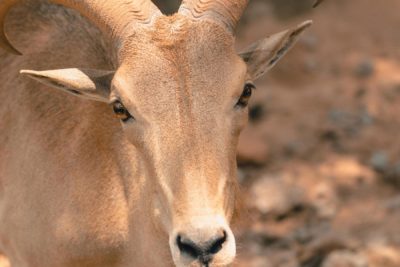
AOUDAD
Scientific Name: Ammotragus Iervia
IUCN status: Vulnerable
Range: Northern Africa
Fun Fact: Aoudads are closely related to goats and sheep, but actually belong to their own unique taxonomic genus. The number of aoudad living in North America is almost 7 times greater than those living in North Africa.
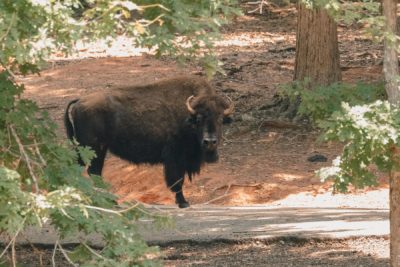
Bison
Scientific Name: Bison bison
IUCN status: Near Threatened
Range: Extinct in nearly all of it’s historic range, but small wild populations exist primarily in Yellowstone National Park.
Fun Fact: Despite going from 60 million individuals to only 541 in 1889, the Bison is considered one of the greatest conservation success stories in American History.

blackbuck antelope
Scientific Name: Antilope cervicapra
IUCN status: Least Concern
Range: Indian Subcontinent
Fun Fact: Male Blackbuck will grow spiraling horns up to 2.5 feet long. Females typically do not grow horns, but occasionally some do. During the British Colonial era (1858-1947) of India, royalty would hunt Blackbuck Antelope using trained Asiatic Cheetah.

Common Eland
Scientific Name: Tragelaphus oryx
IUCN status: Least Concern
Origin: Southern Africa
Fun Facts: The Common Eland is the second largest antelope in the world. The male’s spiraling horns can reach over 4ft in length.
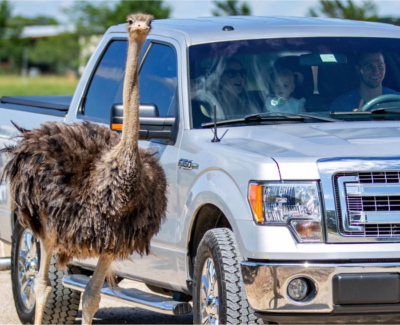
Common Ostrich
Scientific Name: Struthio camelus
IUCN status: Least Concern
Range: Large areas of North and South Africa
Fun Facts: One ostrich egg is equivalent to the weight of about 24 chicken eggs.

Domestic Yak
Scientific Name: Bos grunniens
IUCN status: Not evaluated
Origin: Himalayan Region, Tibetan Plateau
Fun Facts: Tibetan farmers have been relying on Yaks for thousands of years. They are valued for their meat, fur, transport, burden, milk, and even their feces are used for fuel.

Emu
Scientific Name: Dromaius novaehollandiae
IUCN status: Least Concern
Range: Mainland Australia
Fun Fact: Male Emus take complete responsibility for incubating the eggs and raising their young.
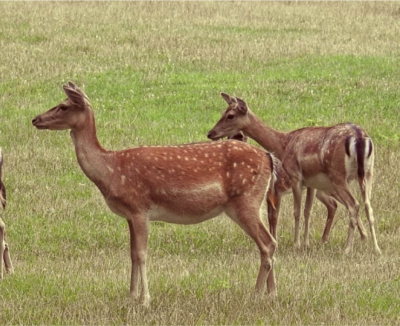
FALLOW DEER
Scientific Name: Dama dam
IUCN status: Least Concern
Origin: urasia
Fun Fact: In captivity, there are four different color varieties of fallow deer: black, white, normal, menil (light brown to yellow). See if you can spot them all!
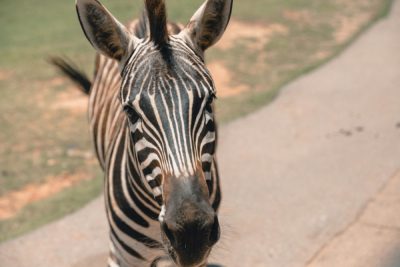
Grants Zebra
Scientific Name: Equus Quagga boehmi
IUCN status: Near Threatened
Range: Central Africa
Fun Facts: A zebra's stripes are thought to serve many different functions, including confusing predators, thermoregulation, and even deterring flies.
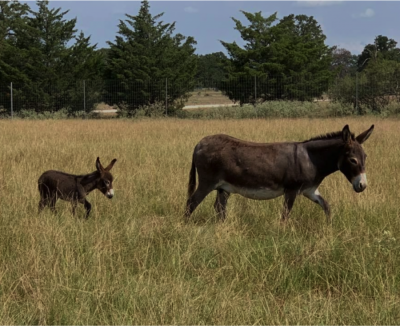
Miniature Donkey
Scientific Name: Equus africanus asinus
IUCN status: Not evaluated
Origin: Sicily and Sardinia
Fun Facts: Many of the donkeys in the United States are descendants of burros brought to the America’s by Mexican explorers.

Nilgai
Scientific Name: Boselaphus tragocamelus
IUCN status: Least Concern
Range: Indian Subcontinent
Fun Facts: The Nilgai is the largest of the Asian Antelope, with males reaching up to 635lbs. A large feral population exists in Texas, with 37,000 individuals.
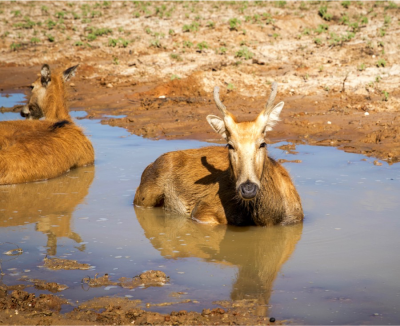
PÈRE DAVID’S DEER
Scientific Name: Elaphurus davidianus
IUCN status: Extinct in the Wild
Range: China
Fun Facts: The Père David’s Deer is the only extant (surviving) member of their genus. Multiple reintroduction efforts are underway at various parks in China.
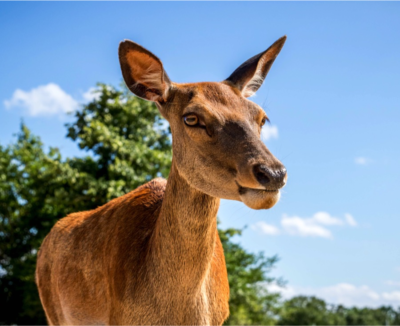
Red Deer
Scientific Name: Cervus elaphus
IUCN status: Least Concern
Range: South East Asia, North Africa, Europe
Fun Facts: Deer are similar to cows in that they are ruminants, with a four chambered stomach to digest their food.
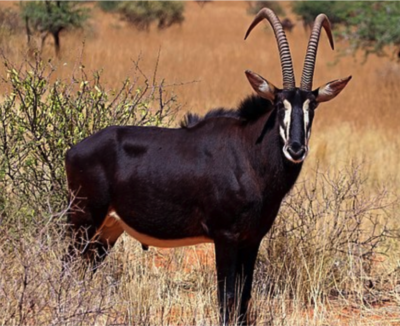
Sable Antelope
Scientific Name: Hippotragus niger
IUCN status: Least Concern
Range: Southeast Africa (Kenya to South Africa)
Fun Fact: The curved horns of the Sable Antelope can reach over 5ft in length. These horns are used to fend off predators and battle other males for control of herds.
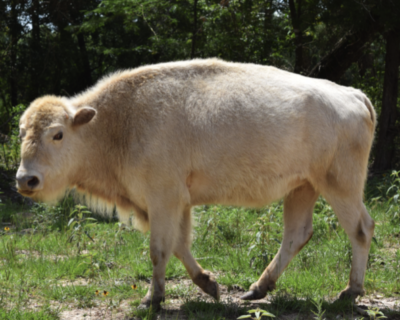
White American Bison
Scientific Name: Bison bison
IUCN status: Near threatened
Range: Small wild populations exist, primarily in Yellowstone National Park.
Fun Fact: White American Bison are not a different species, but instead a color variation of the brown American Bison. There is a 1 in 10 million chance of a white bison being born in the wild. White Bison are considered spiritually sacred to many Native American religions.
